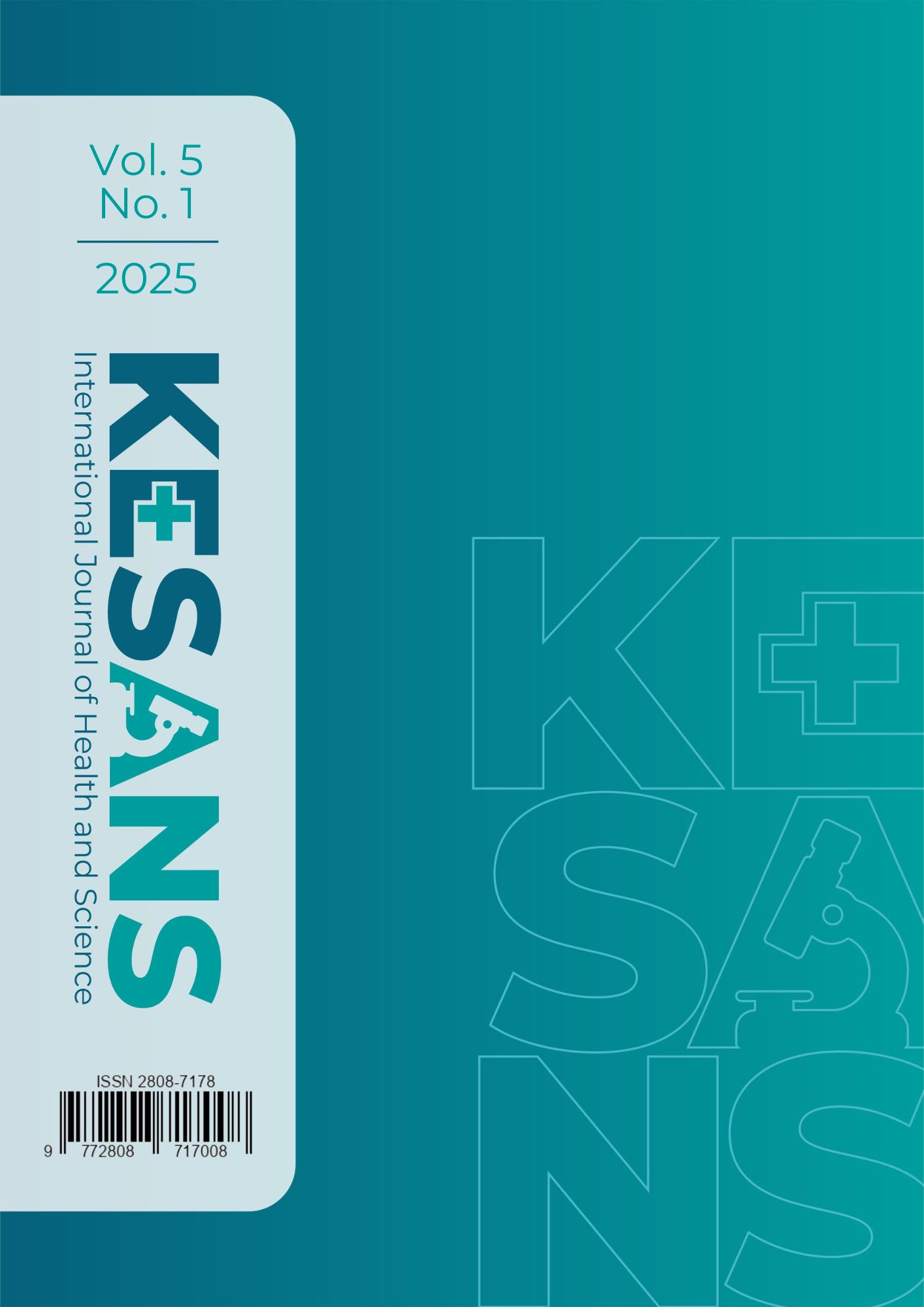Ethanol Extract of Fresh Peel of Balangkasua Fruit (Lepisanthes alata (Blume) Leenh) as an Alternative Reagent in the Identification of Trichuris trichiura Eggs
DOI:
https://doi.org/10.54543/kesans.v5i1.459Keywords:
Lepisanthes Alata, Soil-Transmitted Helminths, Trichuris Trichiura, Natural Dye, Eosin Alternative, AnthocyaninAbstract
Introduction: Soil-Transmitted Helminths (STH) remain a major public health concern, particularly in areas with limited sanitation. Conventional staining using 2% eosin, although effective, poses drawbacks due to its non-biodegradability, toxicity, and flammability. Objective: This study aimed to evaluate the potential of ethanol extract from the fresh peel of Balangkasua fruit (Lepisanthes alata (Blume) Leenh) as a natural alternative reagent for the identification of Trichuris trichiura eggs. Method: A laboratory-based experimental design was conducted using fecal samples containing STH eggs. The fruit peel extract was prepared through maceration with ethanol and tested at concentrations of 20%, 40%, 60%, 80%, and 100%, while 2% eosin served as the positive control. Staining quality was assessed based on egg color contrast, shell clarity, internal morphology, shape and size clarity, and background staining. Result and Discussion: Results showed that the 100% extract yielded the highest score (13), categorized as good staining quality, while lower concentrations (20%–80%) were classified as moderate. The positive control consistently achieved superior results (score 19, very good). Statistical analysis using the Kruskal–Wallis test revealed significant differences among treatment groups (p < 0.05). Conclusion: These findings demonstrate that L. alata peel extract possesses potential as an eco-friendly alternative stain, although further optimization of extraction methods, pigment stabilization, and validation across various STH species are necessary before replacing synthetic eosin in routine diagnostics
Downloads
Published
How to Cite
Issue
Section
Citation Check
License
Copyright (c) 2025 Nafila Nafila, Muhammad Arsyad, Putri Kartika Sari

This work is licensed under a Creative Commons Attribution-ShareAlike 4.0 International License.





















